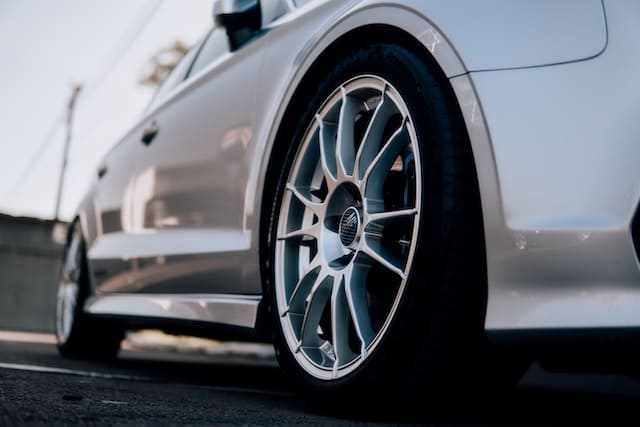
Drag or slick tires, also called racer slicks, are a seamless-thread type used primarily in motorsports. M&H Tires made the first commercial slick tire in the early 1950s for drag racing. Consider an NHRA Top Fuel dragster to be a massive, in-car computer.
Every vehicle component has been designed to behave predictably for drag tyres in Australia and a predictable sequence to convert 15 to 20 litres of nitromethane fuel into 11,000 horsepower and complete a 1000-foot dash in 3.7 seconds at a speed of 335 mph.
And all that power and logic is provided by a set of bias-ply drag slicks made in Akron, Ohio.
They have a height of 36 inches, a width of 17.5 inches, and a weight of 48 pounds each; in the Goodyear Racing catalogue, they are listed as part 2747 and cost $917 for each tire.
Each one would endure eight runs, more than 1.5 miles. Due to the expanding fleet size of vehicles, the Australian tire market is expected to increase in value from its estimated value of 2.04 billion USD in 2020 to 2.70 billion USD by 2026, rising at a CAGR of 4.19%.
Squat Position
The enormous torque transmitted via the rear axle moves the vehicle’s weight distribution forward, which in turn attempts to twist the tire mounted on the 16-inch Beadlock rim. As the tire, typically inflated to a pressure ranging from 6.0 to 10.0 psi, decreases in radius by more than six inches, the sidewalls get wrinkly. At the same time, the tread effectively balls up in front of the contact patch.
Because of this tire compression, the contact patch grows to about 250 square inches, which is greater than two sheets of paper side by side and measures 8.5 inches by 11 inches. Because the tire is being compressed, the final-drive ratio will also be effectively reduced, resulting in a more difficult launch.
By the time the tire had let go of the torque it had been holding in its wrinkly sidewalls and worn-out tread and regenerated back to its previous size, the top fueler was already drawing over 4.00 g’s of acceleration. It happens when the tire grows back to its standard size.
The Expansion
When the automobile starts moving, inertia causes the tire to expand to a diameter of up to 38 inches, elongating it while simultaneously decreasing its surface area, called the contact patch.
It allows the final-drive ratio to become taller at higher speeds, minimising rolling resistance as the vehicle approaches its maximum possible speed.
When the dragster has completed its run, the engine is turned off, and the compression from the engine aids in stopping the vehicle.
As the vehicle comes to a stop, the back tires start to deform once again, and they may even develop flat areas along their trailing edges. However, those large parachutes are responsible for most of the effort at this stage.
Conclusion
Only Funny Cars and Top Fuel dragsters have the immense torque necessary to efficiently utilise and damage such enormous rear drag tyres in Australia in this manner. It’s a beautiful thing.
What happens to the tires after all this splendour has been bestowed upon them? Some people choose to retire into jobs with less stress and slower-paced courses.
And some people become what are known as “draggers.” These are moved back and forth around the track between races to cover the surface with a layer of rubber, resulting in more excellent traction.
Author: Kiara Mac

